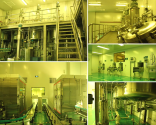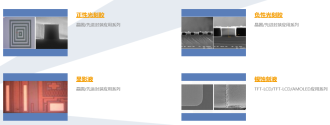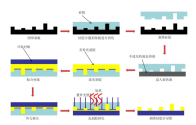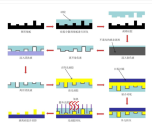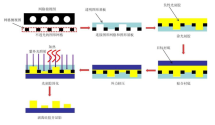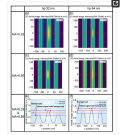According to Zhongke Chuangxing, Pusenmei Microelectronics Technology (Suzhou) Co., Ltd. (Pusenmei) recently announced the completion of its Series A+ financing round, led by Qianhai Ark Fund and Shenzhen Capital Group, with participation from Guotai Junan Innovation Investment and Jinpeng Fund. Pusenmei will use the funds raised for R&D, capacity expansion, and market expansion.
PROSEMI was founded in 2019 and is committed to providing professional and diversified precision current sensing components and circuit protection solutions. Its core team comes from leading domestic and foreign companies such as Yageo Electronics, Dayi Electronics, Huade Electronics, AEM, Littelfuse, and ZTE.
Focusing on its core product, precision current sensing components (CSRs), Pusenmei has developed a comprehensive product portfolio, encompassing packaged alloy CSRs, thin-film alloy CSRs, high-power shunts, and modular products. These products fully meet the common and customized needs of diverse scenarios and customers. Vertically, Pusenmei has established a closed-loop industrial chain encompassing "upstream new materials - high-end equipment - components," fostering unique and comprehensive product and industry competitiveness. Currently, Pusenmei boasts manufacturing facilities exceeding 20,000 square meters in Suzhou, Jiaxing, and Dongguan.
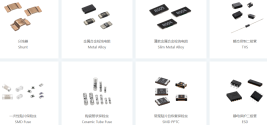
A current sensing element (CSR) is a precise, low-resistance passive component. As one of the most widely used current sensor solutions, CSRs leverage the properties of alloy materials and Ohm's law to collect current signals and protect circuits. They detect the measured current and convert it into a standard voltage or current signal, enabling information transmission, processing, storage, display, recording, and control. They are widely used in various modules, including battery management systems, motor drives, inverters, and frequency converters. Applications include industrial control, new energy vehicles, photovoltaic energy storage, consumer electronics, smart homes, robotics, and AI applications. This field is categorized by product type and primarily includes three main categories: packaged alloy products (metal strip resistors), thin-film alloy products (foil resistors), and high-power shunt resistors.



